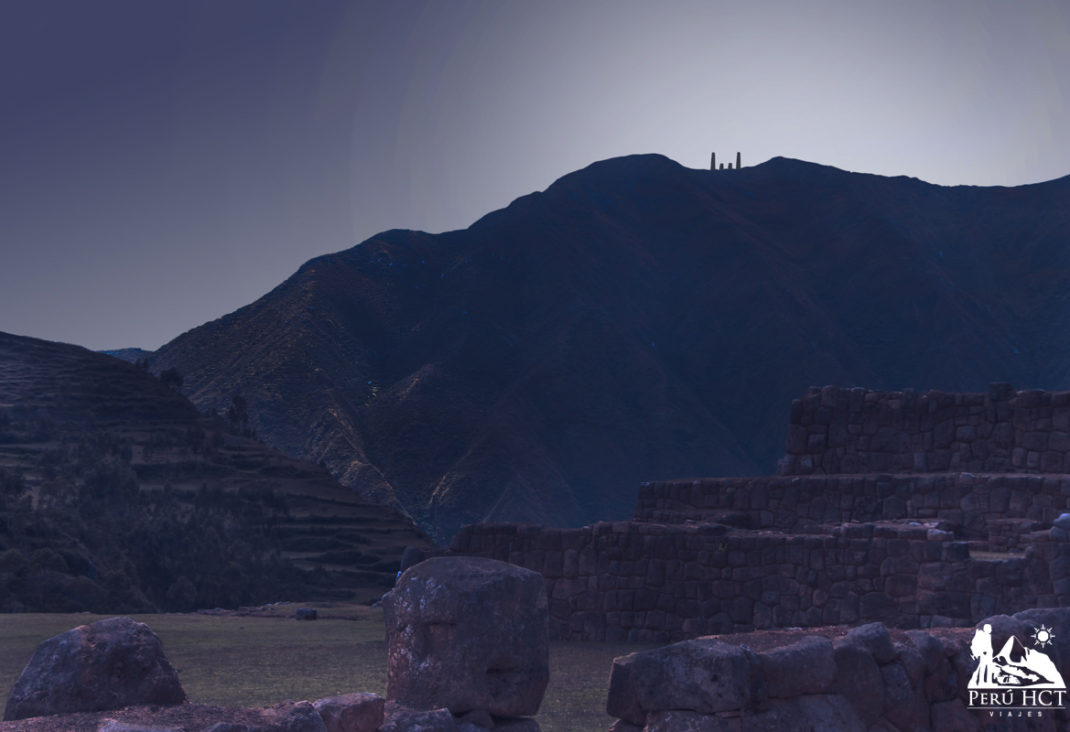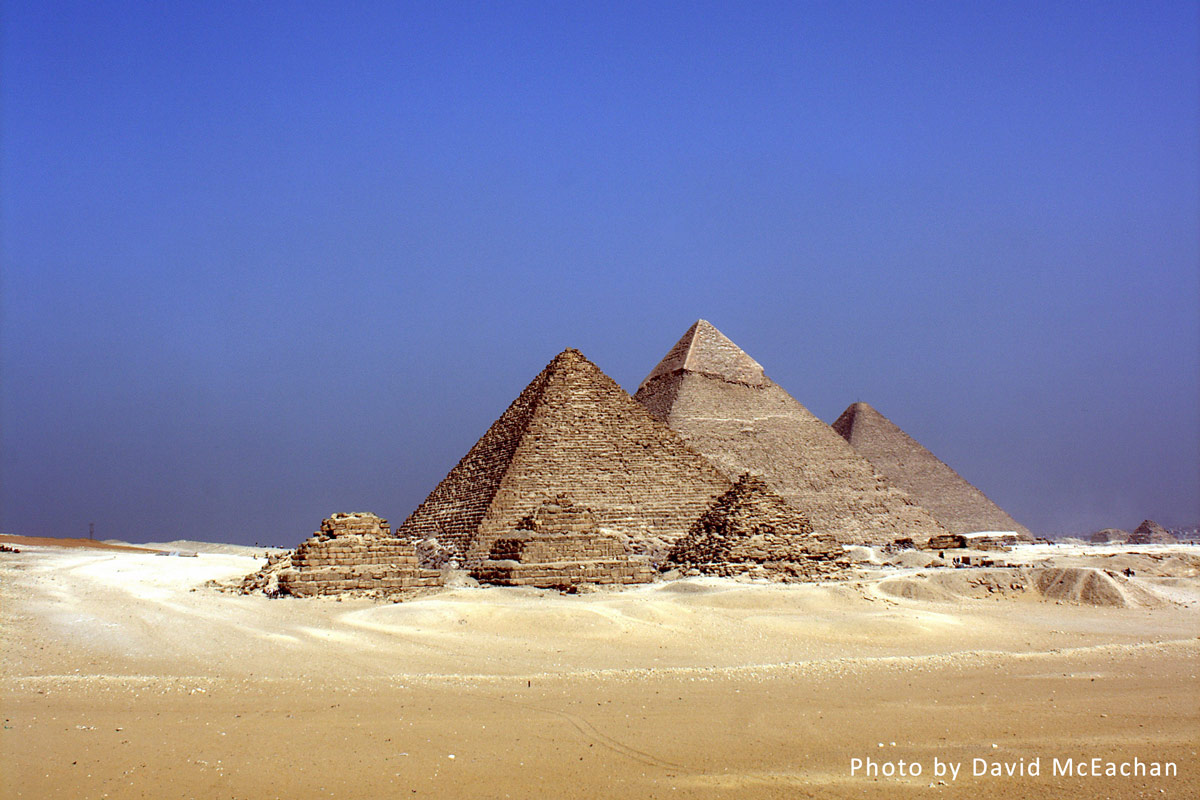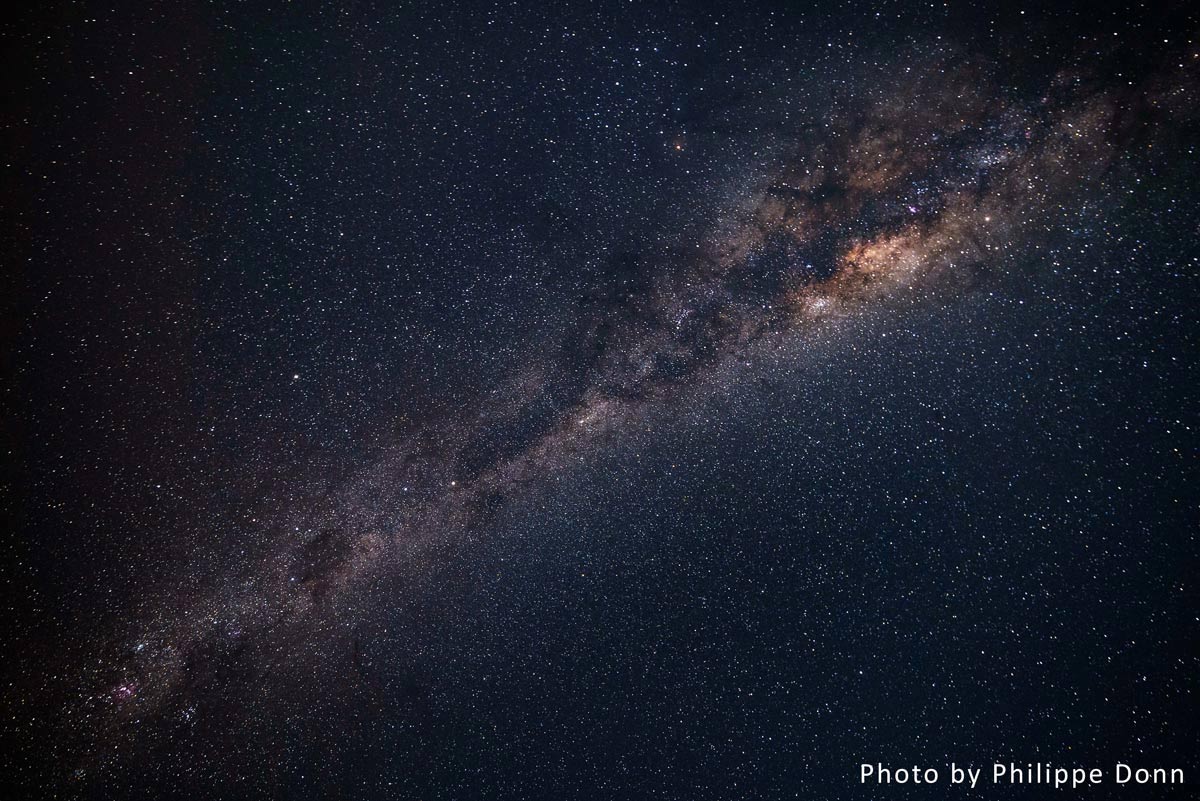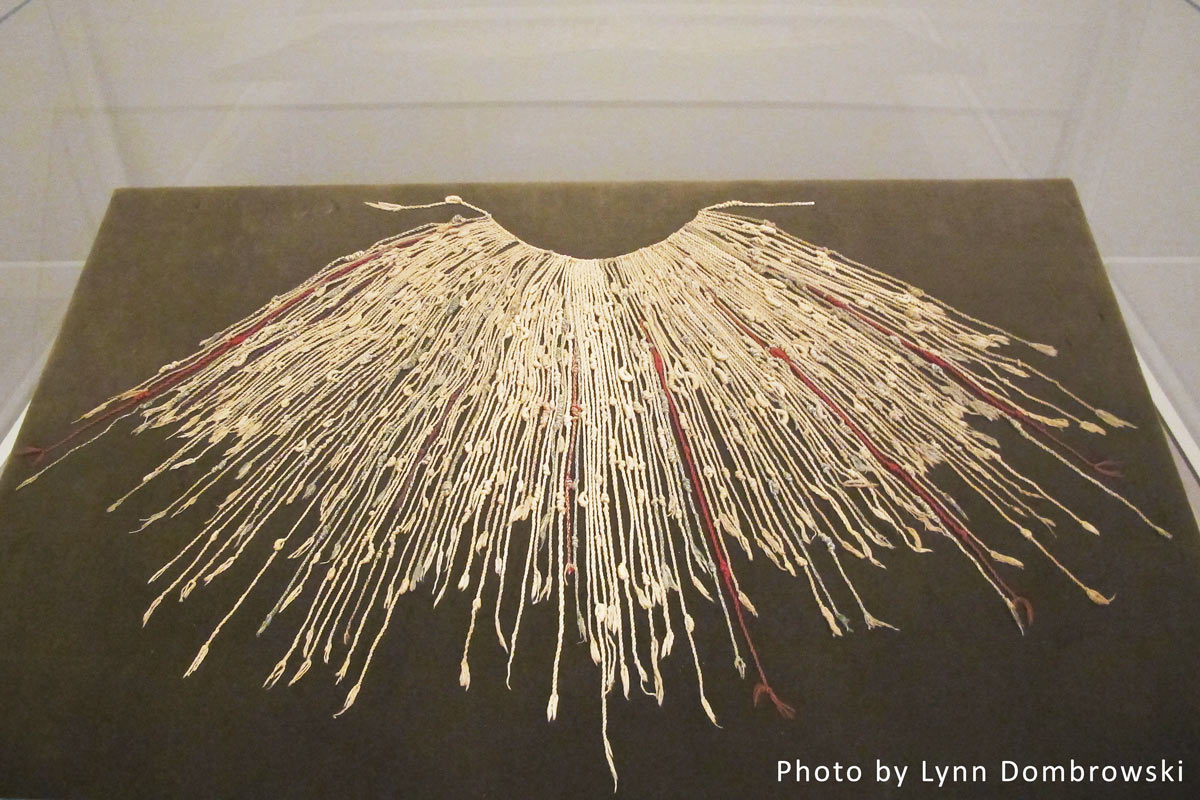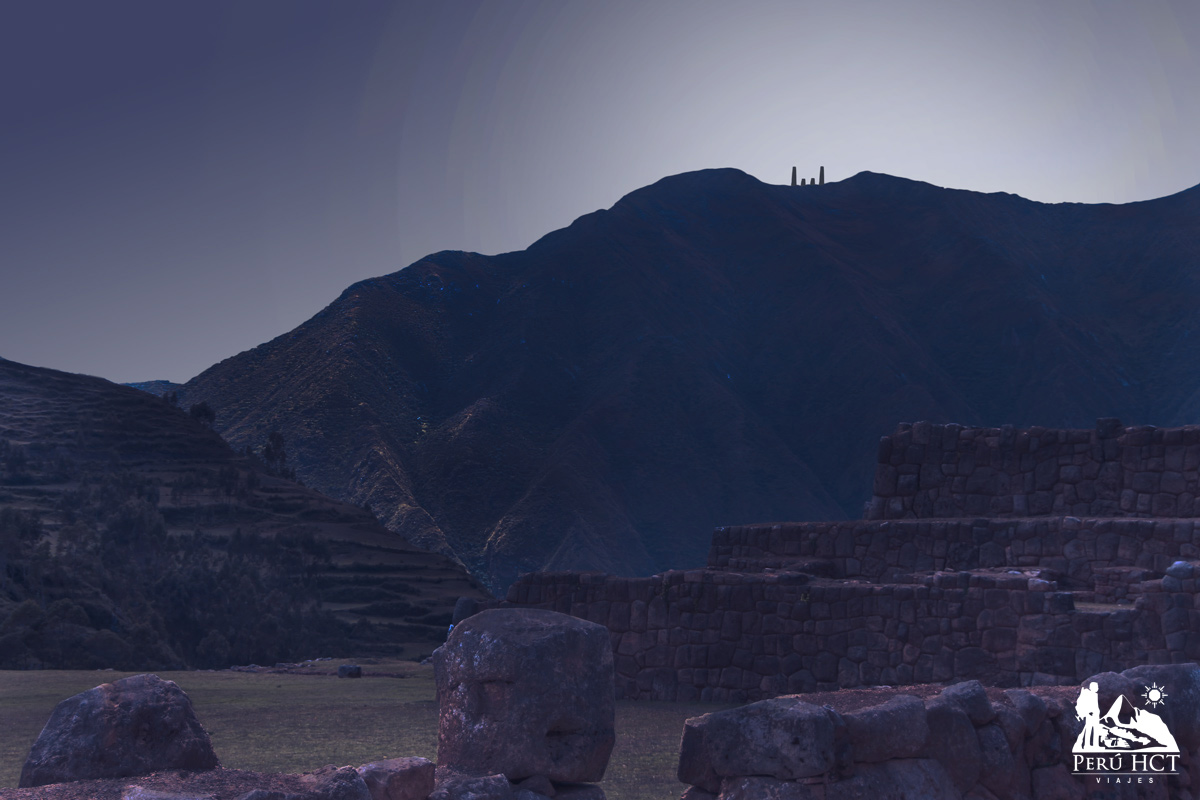Mayu: The Incas and the stars
• • •
Those of us who have ever had the opportunity to travel far from the big cities, the opportunity to escape the noise and light pollution of the urban, we can attest to how spectacular it is to see a starry sky; rest in the silence of nature and observe the infinite outer space.
The different ancestral cultures that inhabited the planet always had the fixation of looking upwards, the fascination of contemplating the stars and trying to find some meaning, some explanation, some connection between their distant movements and life on earth.
We can talk about the civilization with greater mastery of the stars, the civilization of Ancient Egypt. The Egyptians were the first to accurately develop the relationship between the stars and time, creating the first solar calendar in history. The Egyptian priests, dedicated to the observation of the celestial phenomena, noticed the movements and appearances of certain stars in a cyclical way, established a unit of measurement of time, which today we know as “hour”, to grant 12 hours a day and 12 hours a the night, 10 days a week, 30 days a month, 12 months a year (divided into 3 seasons of 4 months), 365 days a year (36 weeks of 10 days and 5 additional days granted for the celebration of the birth of their gods). The Egyptians established the “Egyptian Civic Calendar” from which the Julian Calendar would be born and then the Gregorian Calendar, which we use to this day.
Observing the sky allowed the Egyptians the power to control time, project stations and take advantage of this temporary knowledge for agriculture, which would be the basis of the development of all civilization.
In the southern hemisphere the context was not very different, the ancestral cultures that inhabited ancient Peru also used the observation of the stars for the progress of their development. The Inca Empire absorbed all this knowledge to conquer the different cultures that inhabited the territory, to unify the empire; applying this wisdom in the foundations of their civilization.
Professor Gary Urton proposed through his study that the Incas recognized in the sky two types of constellations, which he names as type: 1) Star against Star and 2) Black Type. The constellations of type “Star against Star” are those constellations that we usually recognize by joining with imaginary lines the distances between the stars, forming figures such as crosses or quadrilaterals; this type of constellations used to be recognized with forms of inanimate objects. The “Black Type” constellations, on the other hand, are those figures that stand out as black clouds over the higher density parts of the Milky Way; this type of constellations used to be recognized with animal or plant forms.
Dr. Urton also tells the perception that the Incas could have had about the Milky Way, which is called “Mayu”, which in Quechua means river. It is interesting to think of the Milky Way as a great river of stars that crosses, with its imposing curvature, the darkness of night. There is a great similarity between our galaxy and an Andean river, taking into account the river basins, river tributaries and forms, it is not surprising the comparison, much less the conception of a “celestial river” that crosses our sky, like so many others that there are in the universe.
The Inca civilization, like other civilizations, left vestiges of having used astronomical observation to found the bases of their populated centers, temples or constructions. We can remember the study of Tom Zuidema on the construction of Cusco with the system of “Ceques”. The ceques were imaginary lines that started from a common center and extended towards the horizon, connecting with different sacred points along; we can propose the shape of an asterisk “*” to visualize this organization, where several lines start from a single center.
In the case of Cusco, the center was the “Temple of the Sun” or “Coricancha”, from there they left more than 40 ceques that crossed the Inca territory, joining the Temple of the Sun with other temples, huacas or constructions of importance. From these ceques is that the Inca territory is divided into four parts: Chinchaysu, Antisuyu, Collasuyu and Contisuyu. These 4 points could be related to the cardinal points that we handle to this day, keeping a little distance, being like this: Chinchaysu = West; Antisuyu = North; Collasuyu = East; and Contisuyu = South.
The ceques and the location of the Temple of the Sun correspond to stars or constellations of importance to the Incas in the Mayu or Milky Way. This complex system of organization can also be compared to the shape of the mysterious “Quipus”, textile instruments whose Inca purpose has not yet been proven, although it is usually related to an instrument that aided mnemonics.
Regarding the use of the stars for the control of time, the Incas could have used both a lunar calendar and a solar calendar, although there is no information that proves the predominance of one or the other. The use of two calendars is present in other American cultures, such as the Maya or the Aztec.
Elena Ortíz, from the University of Alcalá de Henares collects information from Spanish chroniclers, from the beginning of the colony, about the measurement of the solar movement used by the Incas to determine the start or end of the seasons. In these chronicles it is spoken of pillars or stone towers that were placed in the hills, some where dawn and others where dusk; These pillars do not have a definite name, since they appear under the names of “Sucancas” and “Saybas”. Although the chroniclers do not reveal the location of these towers, nor agree on the number of towers or the method of using them, it is interesting to note that they may have existed. These could have been astronomical instruments to count the days, differentiate seasons or define the arrival of holidays, such as solstices or equinoxes. In the chronicles the presence of these pillars is mentioned in temples and important squares, presenting the pillar of greatest veneration in Quito, Ecuador. At present, no proof of their archaeological existence has been found, possibly destroyed by the Spanish evangelizers, as these pillars were considered elements of pagan worship. Garcilaso De La Vega claims to have seen the pillars with his own eyes, four towers where the sun dawned and four towers where the sun dusk; being these instruments, according to him, to measure the arrival of the solstices.
Remember that there are two solstices a year, these are the days when the sun reaches its highest or lowest in the sky, depending on the season; being the durations of day and night the longest throughout the year. The equinoxes are also presented twice a year, these days the sun is located at the zenith, that is, exactly above us (for those who live close to the equatorial territory); being the duration of the day and night similar.
The Incas had knowledge of these phenomena, they knew about its importance, since the solstices and equinoxes mean the change of season, important information for agriculture. For this same reason, they celebrated certain festivities these days, one of the most important, which continues to be celebrated until today, is the Inti Raymi, the feast of the sun (in Quechua: Inti = Sol, Raymi = Fiesta), that occurs after the winter solstice (this 2018 was held on June 24).
Due to the importance of the sun for the development of life, this was considered a great deity in the ancestral cultures that preceded the Incas. Already with the formation of the Inca empire, the sun established itself as the supreme god, whose son (the Inca) would be destined to rule. The sun was represented with a large gold disc, some chroniclers say that in the Temple of the Sun was the representation of the largest Inti of all, solid gold and shining, which they called “Punchao”; today there are no traces of this monument.

The Inca worldview according to the Peruvian indigenous chronicler Juan de Santa Cruz Pachacuti Yamqui Salcamayhua. We can appreciate the various stars here present. This replica is found on the main altar of the Temple of the Sun or Coricancha, in Cusco.
Similarly, the moon was also considered sacred, called in Quechua as “Mama Quilla”, was the female goddess equivalent to the sun. This was represented with shiny silver discs and carved. At present there are not many remains of the representations of the sun god and the Inca moon goddess, since with the arrival of the Spaniards most elements of worship, worked in precious metals, were cast in blocks that facilitated their transport to Spain.
We can connote how the observation of the stars signified the development of the great civilizations. The great Mayan, Aztec or Inca rulers were aware of the importance of dominating time, especially for agriculture, the basis of their empires. Knowing when it was time to sow and harvest gave these rulers almost supernatural powers, in the eyes of their sudden ones. We could say that they knew how to convert astronomical knowledge into religious powers that gave them superiority over the ignorance of those who could not access this information.
Thousands of years have passed since the Egyptian priests observed the stars on the pyramids; hundreds of years since Mayan observers watched the sky from Chichen Itza; or since the Inca astronomers observed, in the Temple of the Sun, the Mayu, the star river that is our galaxy. Today one can go for a walk in the Sacred Valley of Urubamba, look up and feel that time has not passed, that the same moon that we see today has been seen by Egyptian Pharaohs, the Mayan Halach Uinik, the Incas, the emperors, all.
On your next visit to Peru, try to take some time at night to appreciate the sky, whether from Puno, Cusco, Arequipa, Puerto Maldonado, Kuelap or Huaraz; Enjoy that great attraction that many let go by not looking up.
I hope this text has been helpful to know a little more about the historical past of ancient Peru, if you have any questions or comments, you can write us by message to our Facebook. ¡Until next time!




